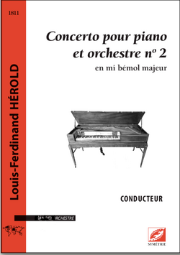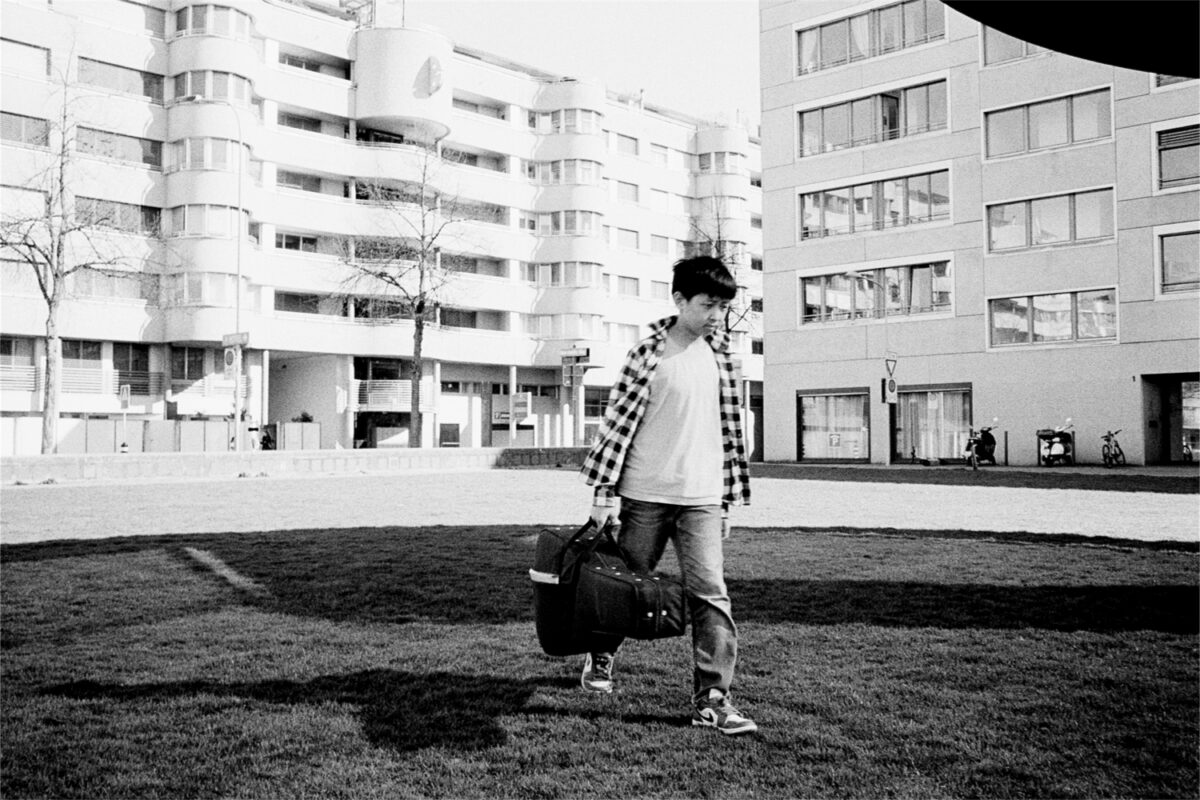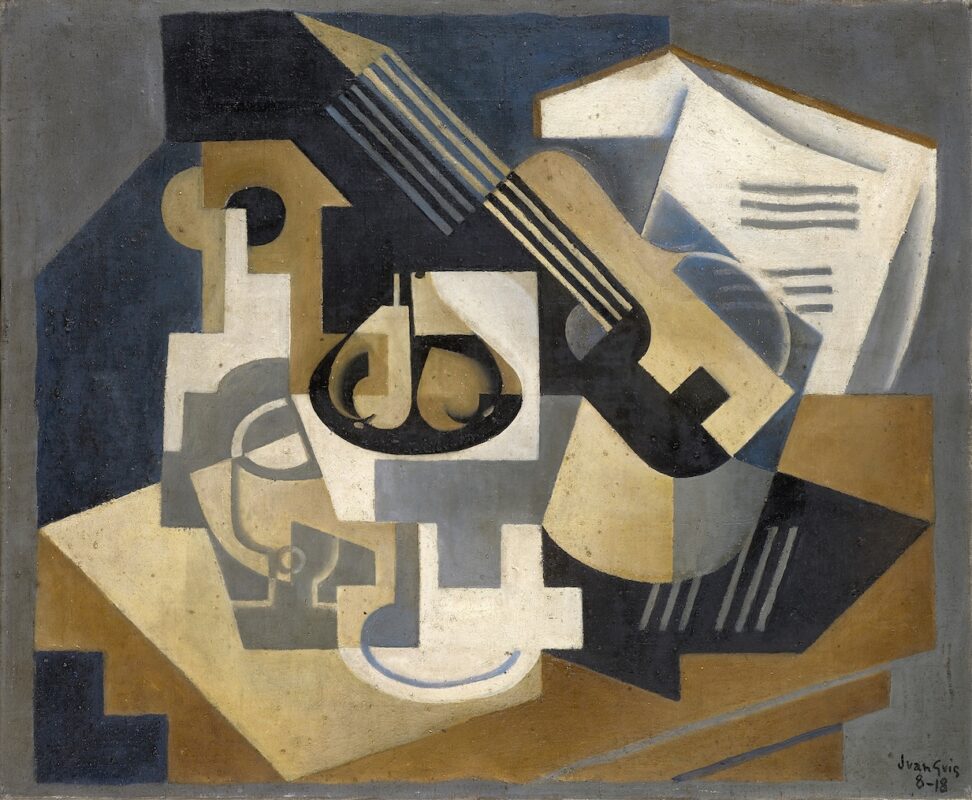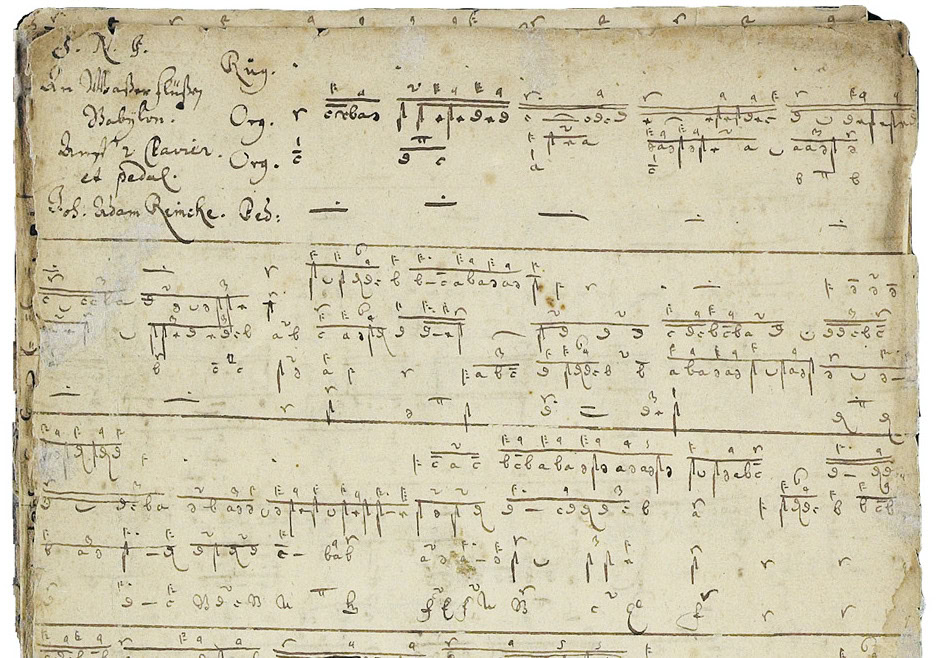Concerts with their very own sound
With the two piano concertos by Louis-Ferdinand Hérold, Editions Symétrie are bringing to light a largely unknown treasure.
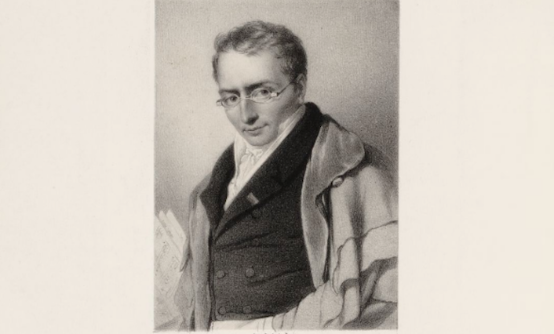
Great respect must be paid to Editions Symétrie from Lyon. This is because they dedicate themselves with great commitment time and again to repertoire rarities that will certainly not have an easy time in concert life. And yet they seem to have a lucky hand in their selection, as in this case with the two piano concertos nos. 2 and 3 by Louis-Ferdinand Hérold (1791-1833), which were written in 1811 and 1813 and are on the cusp of the Romantic period. The compositions become even more remarkable when one considers that Hérold's father was once apprenticed to Carl Philipp Emanuel Bach in Hamburg. He must have passed on the experience he gained there to his son as a child, before he entered the Conservatoire at the age of sixteen, where he first perfected his keyboard skills and finally won the Prix de Rome (as a pupil of Méhul) at the age of 21. Most of his instrumental works were composed during this time, followed later by several operas with varying degrees of success.
Musically, the concertos are convincing with a noticeably individual tone; the slow movement of No. 3 (scored only for piano and a solo violin) can even be performed on a smaller scale. The musical notation is easy to read (even if it could be better presented graphically), but apart from a one-page preface, basic information on the sources used is missing (a standard nowadays!), as is a revision report or at least a brief description of the reliability of the sources used. Anyone looking for further information is well advised to consult the booklet of the CD recording published by Mirare in 2011, which is well worth listening to (MIR 127). Incidentally, it also quotes a letter that reached Hérold in the Roman Villa Medici in 1813 - a conservative interjection that unintentionally emphasizes the real and forward-looking qualities of the master, who is unfortunately almost forgotten today: "Melody, melody! This is the refrain of sensible people and the unspoiled part of the audience. Harmonic detours, barbaric transitions, outrageous chromaticism belong to the mad and the manic. [...] [Will you recover] from this modulation fever, from this delirium, product of chromatic enthusiasm?"
Louis-Ferdinand Hérold: Concerto pour piano et orchestre no. 2 en mi bémol majeur, edited by Sébastien Espesson, € 30.00, Editions Symétrie, Lyon 2021, ISMN 979-0-2318-0371-6,
Id.: Concerto pour piano et orchestre no. 3 en la majeur, ISMN 979-0-2318-0374-7






